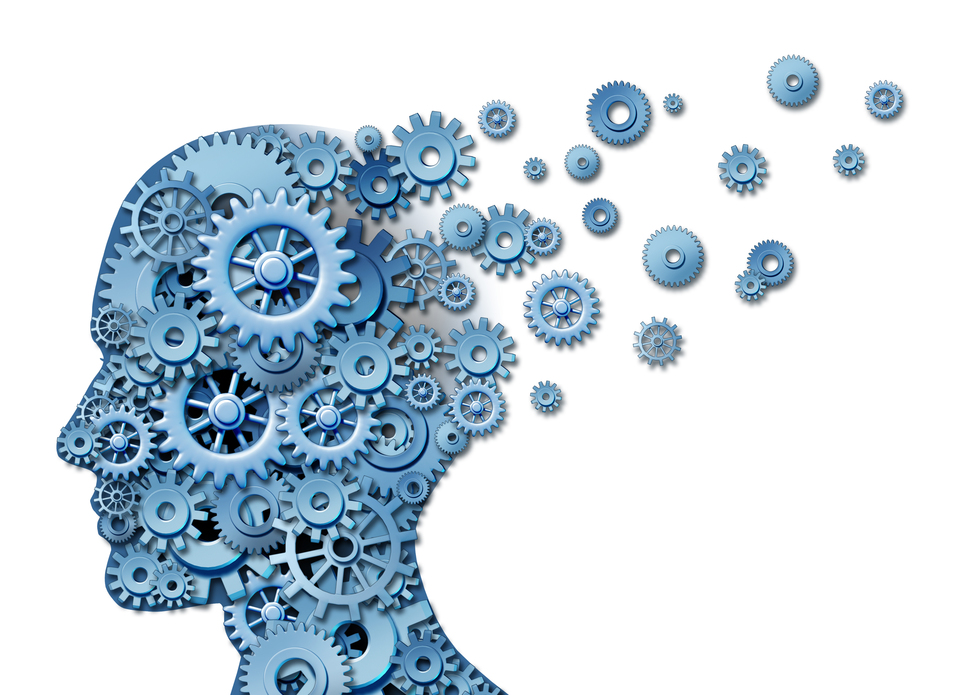‘Metacognition has become a bit of a buzz word of late, often grouped in with the latest resource or strategy that does the rounds online. But, is it worth all the hype and how can you incorporate it into your science classroom?‘
Lauren Stephenson
Metacognition is commonly referred to as ‘learning to learn’ and it is where students develop an understanding of their own learning processes. Metacognition has two distinct parts; metacognitive knowledge, which refers to the knowledge students have about specific tasks and strategies as well as their knowledge of themselves as a learner, and metacognitive regulation which addresses their ability to plan, monitor and evaluate their own learning processes. The Education Endowment Foundation found that developing metacognition and self-regulation with students can have significant impact on their overall progress. Their guidance report explores the evidence behind metacognition and offers recommendations on how to build metacognitive strategies with students.
Make the implicit explicit: Modelling
One way to approach teaching metacognition is to make the implicit explicit through modelling. As an expert in your subject many tasks you complete, or thought processes you undertake, are automatic. You are able to decipher an exam question and apply knowledge to unfamiliar contexts with ease. However a pupil who is a relative novice cannot. Modelling is an effective technique for building students’ metacognitive skills. It is common place for a teacher to demonstrate how to complete a certain task or how to answer a specific question. However modelling metacognitively means to verbalise your inner thought processes. For example, when modelling an exam answer try answering the question live in front of the class. You can verbalise your thought processes when formulating an answer and show them how you tackle any challenges that arise. Students can then learn from your expertise by mirroring your method.
Modelling example: Electrical circuits
A good example of this is when teaching students about electrical circuits. This is an area of physics which can be hard for students to understand due to there being a wide range of misconceptions that can be held and also the complex nature of electricity. One particular skill that students tend to struggle with is completing circuit calculations using a circuit diagram. When modelling how to complete such questions a question tree can be used to make your thought processes explicit. Here is an example of one that I recently used with my year 10 class:
Initially, I modelled how I approach a circuit calculation question. After this, I then introduced the question tree a section at a time, making sure I explained each step. I then showed the class a new circuit calculation question and took them through how to answer it following the stages of the question tree. After taking students through a variety of examples they then completed a set of practice questions which gradually increased in difficulty.
Resources like this are designed to make the implicit explicit. Over time students will not need to use the question tree because they will have adopted the method. If the strategy is carefully explained not only will students gain knowledge of a specific task but also start to develop knowledge of the strategy too, understanding why it is useful and when it needs to be used.
Modelling is just one of many strategies that can be used to build metacognitive skills in our students. You can find science specific strategies here in the Improving Secondary Science guidance report and for more generic strategies which can be used across the school check out the Metacognition and Self-regulated Learning guidance report here.
Listen to Lauren’s episode of the Oxford Education Podcast here.
Also available on the blog:
- Nathan Burns: How to successfully implement metacognition in your classroom
- Nathan Burns: Metacognitive modelling: where does it fit in the classroom?
- Eleanora Corvato: Harnessing lightbulb moments in KS3
With Oxford Smart Activate, you are fully supported to deliver a KS3 science experience that connects to your students lived experiences. One that nurtures students, builds skills and knowledge, and carries that curiosity through to GCSE.


